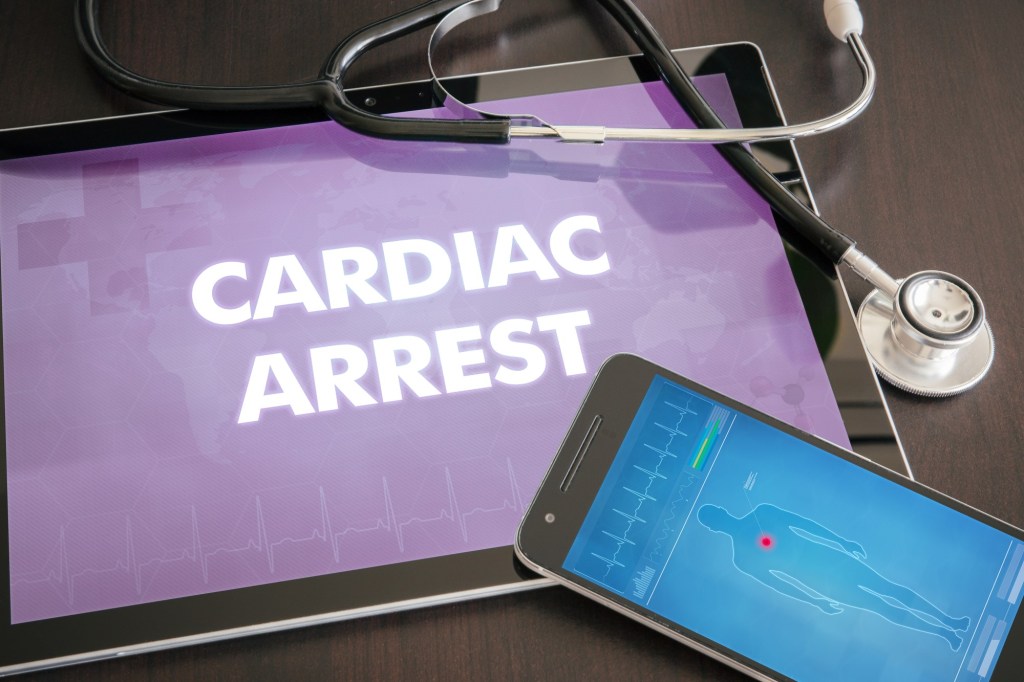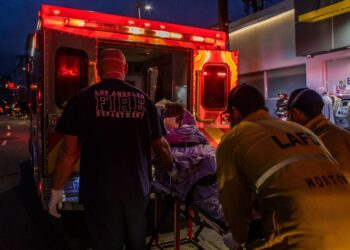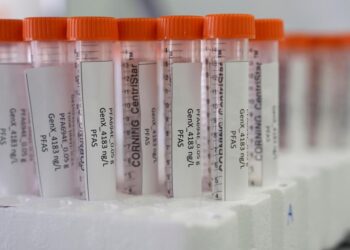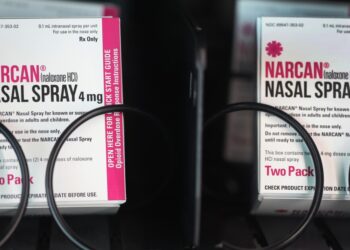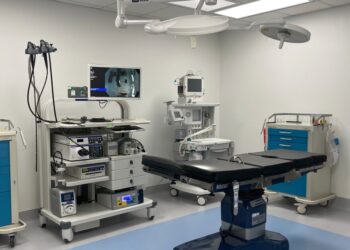Cardiac arrest, or sudden cardiac arrest as it is more formally known, is a medical emergency. It happens when an event, usually an electrical disturbance, quickly and unexpectedly causes your heart to stop working. It’s not the same as a heart attack and is called sudden because it seems to happen without warning.
Dr. Christopher DeSimone, a Mayo cardiac electrophysiologist specializing in abnormal cardiac rhythm, answers questions about cardiac arrest, the differences between cardiac arrest and heart attack, and why time is critical when treating someone with cardiac arrest.
QUESTION: What happens during cardiac arrest?
Cardiac arrest is when the heart cannot fulfill its duties and pump blood, especially oxygenated blood, around the body to get to critical areas, such as the brain. Now, when there’s an arrest, there are two things we go over. One could be the heart stops electrically, so the heart is not going to pump. The other one is the heart goes into an abnormal or lethal rhythm, which we call ventricular fibrillation. That’s a more chaotic rhythm of the heart. So electrically this heart’s in a bad rhythm, and the ventricles are quivering and not pumping out. Ultimately, both things put you into cardiac arrest, sudden cardiac arrest or sudden cardiac death. The heart cannot fulfill its duties of pumping blood to the lungs and the rest of the body, so that all the nutrients and oxygen can get to the tissues of the heart, brain or what have you.
QUESTION: Why is immediate care, like CPR and AED, so critical?
Survival is possible with immediate, appropriate medical care. Call 911, if able, first.
Once you know that someone’s suffered or suspect that they’ve suffered a cardiac arrest or sudden cardiac arrest, it is important to restore the rhythm as fast as you can.
A cardiac arrest could happen wherever we are in life — in the malls, schools and at work. And if someone passes out, you want…
Read the full article here

